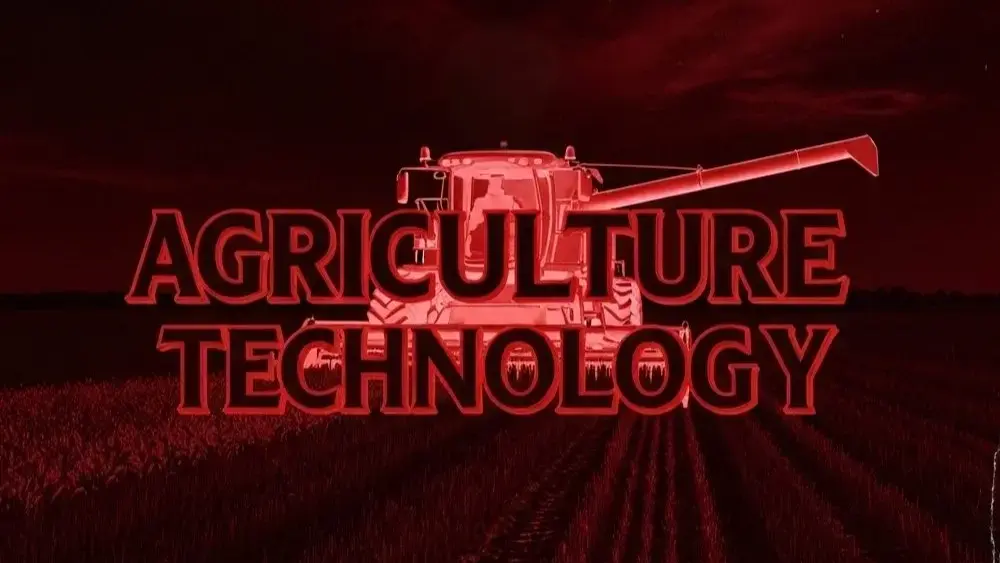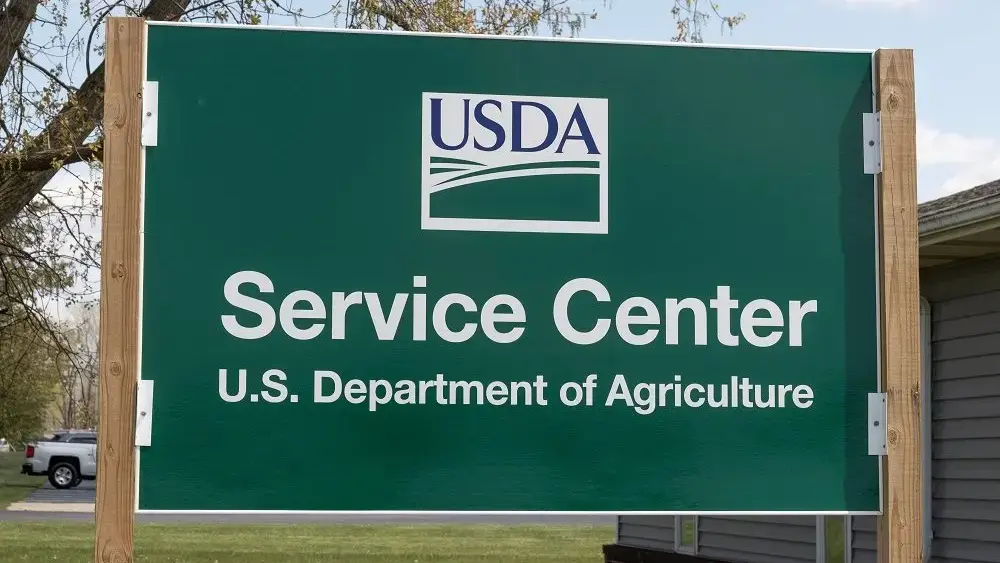A new report from the Association of Equipment Manufacturers highlights the growing impact of precision agriculture in the United States. This approach uses advanced tools like GPS-guided tractors, soil sensors, and data analytics to help farmers manage their land more efficiently.
Senior director of agricultural services with AEM, Austin Gellings talks about the findings and goals behind the report. “The goal was really to bring the ag community together to help quantify and tell the story about the role that precision agriculture and precision agricultural technologies can play, both in on-farm conservation and tell the story about the role that technology plays in that, but also then tie that to the increased efficiency that we see from these technologies, the ROI that can bring a farmer as well, and kind of pair those two together – how efficiency and conservation kind of go hand in hand.”
The results? Impressive. The report shows that productivity on farms using precision techniques has risen by six to seven percent. That means more food grown—on less land.
“We found a whole bunch of numbers like that through increased efficiency and use of herbicides by needing to use 54 million pounds less of herbicides as a result of these technologies, and the same goes for fertilizers,” Gellings added.
Experts say this is not only helping farmers improve their bottom line but also reducing the environmental footprint of agriculture. With less fertilizer, less water, and more targeted planting, precision ag is shaping up to be a win-win for farmers and the land.
As technology continues to evolve, the report suggests we can expect even bigger gains in the years ahead. For now, one thing is clear: when it comes to feeding the future, precision is paying off.






